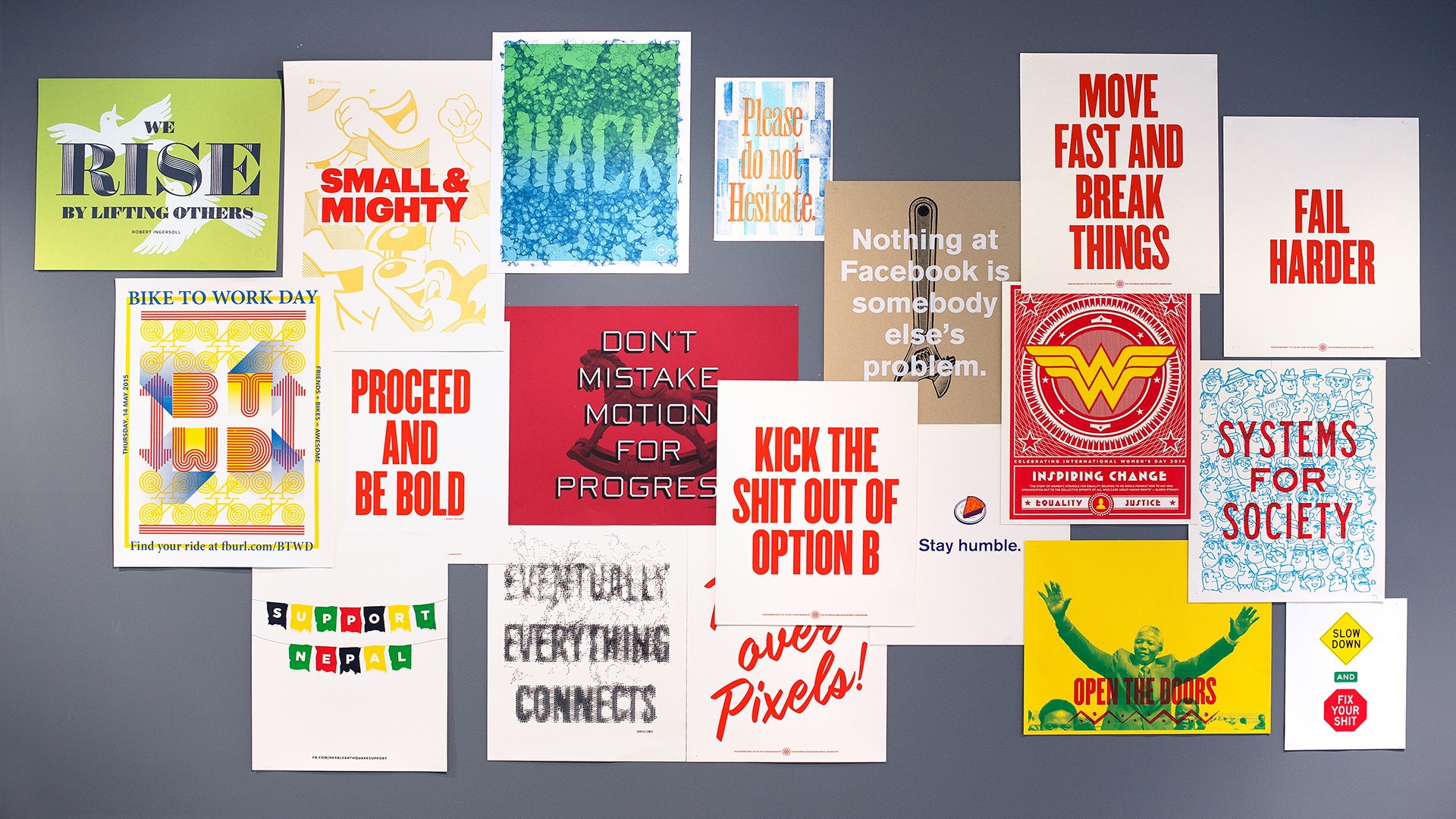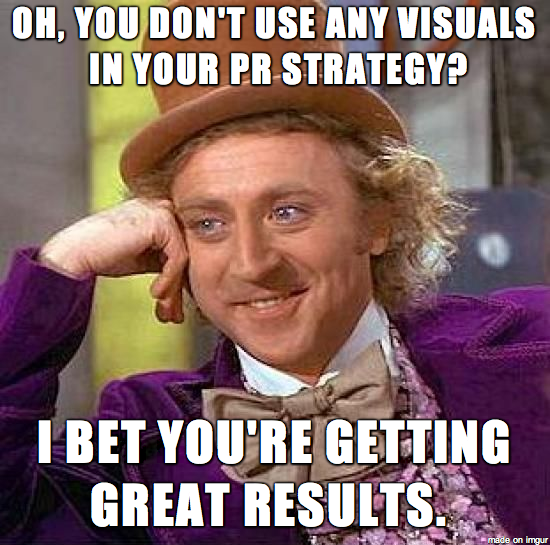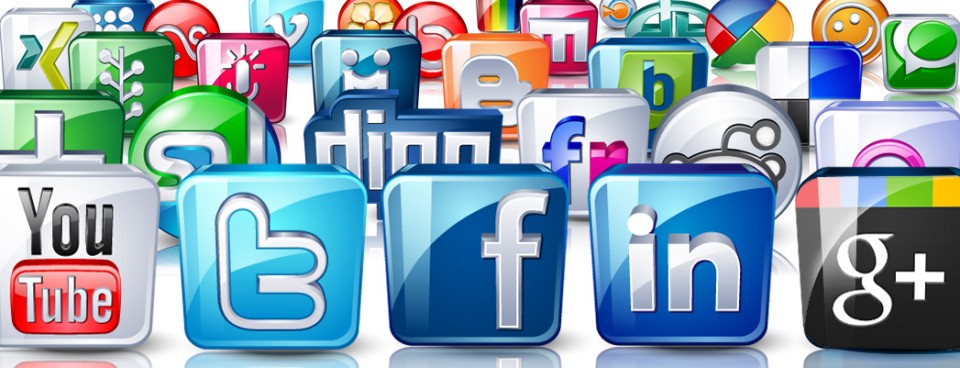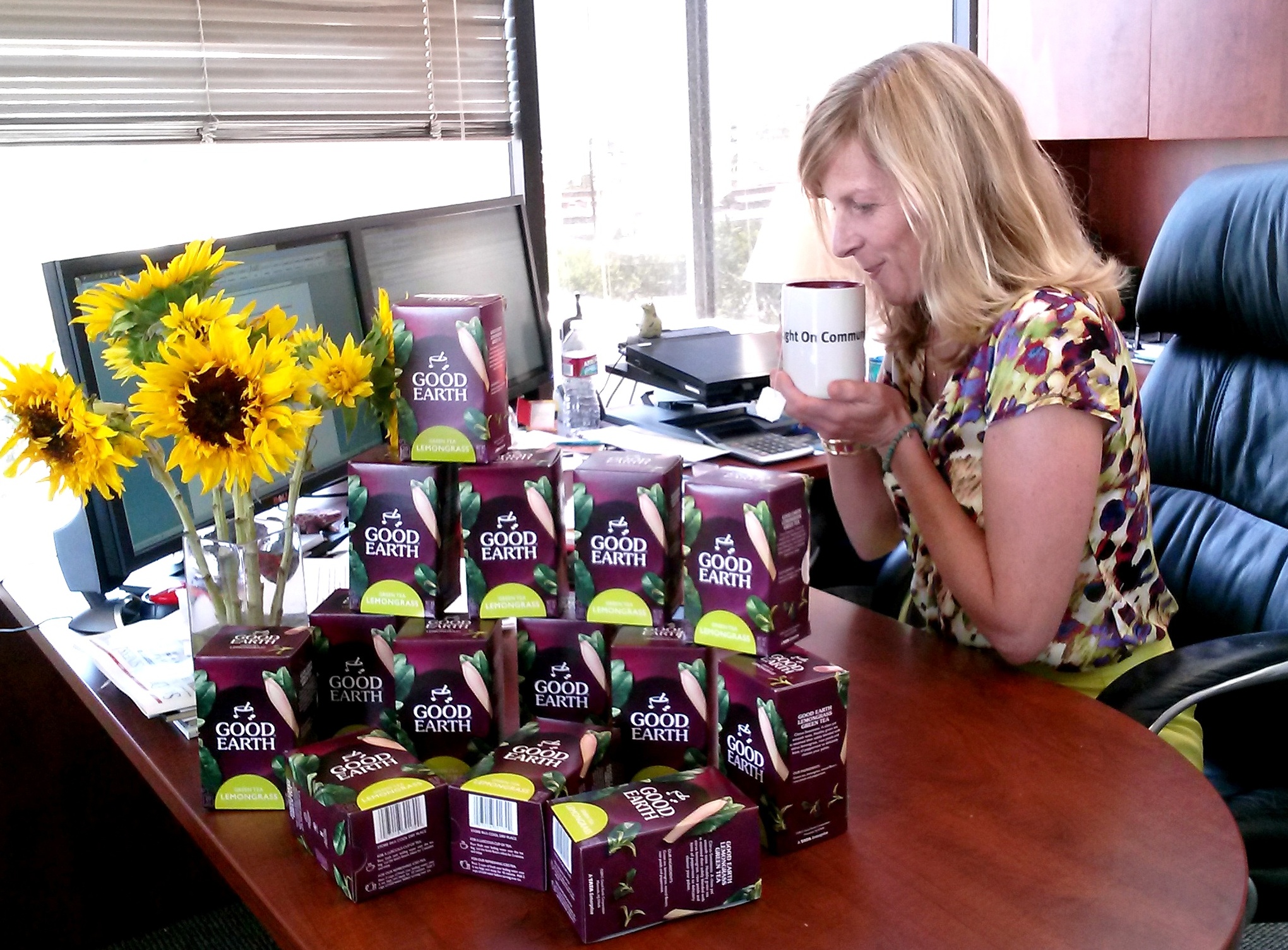Why PR is Becoming a Visual Game (and How to Win)
Remember when you were a little kid and your parents asked you to pick out a book to read? Did you gravitate toward the one that was a sea of black-and-white letters, or the cool one with lots of colorful, eye-catching photos? In high school geometry, which was the better textbook? The one that wrote…
read moreDon’t Be Guilty of the Two Worst PR Writing Habits
If I read another Tweet, Facebook post or quote in a press release that starts with "We are excited...," I'm going to shoot myself. There’s only one person in the world who is excited by your excitement, and that’s your mom. What I need to know is why I should care. Why is this at…
read moreThe Next Big Social Media Platform
In a recent discussion about opportunities to engage a lackadaisical customer base, a client asked, “What are the kids using these days?” Regarding social media, it’s something we hear often. Sometimes the question is “what’s the next Facebook,” or, “are people still getting information from (insert name of platform),” but at the heart of the…
read moreCommunication Changes, Constantly
At (W)right On, we pride ourselves on being at the forefront of good communication practices. Had the agency been around in the 50’s - 90’s, things would have been easier – there was stability and relative predictability. There were also far fewer communication channels (e.g. in TV, radio and print), journalistic work wasn’t executed at…
read more5 Social Media Lessons from my Green Tea Party Protest
Here's what I learned trying to bring back Good Earth Green Tea Lemongrass after my favorite tea was discontinued. I discovered Good Earth Green Tea Lemongrass a few years ago and became hooked on its soothing, subtle flavor. All other green teas were too bitter or tasted like grass. Good Earth Green Tea Lemongrass became…
read more


















